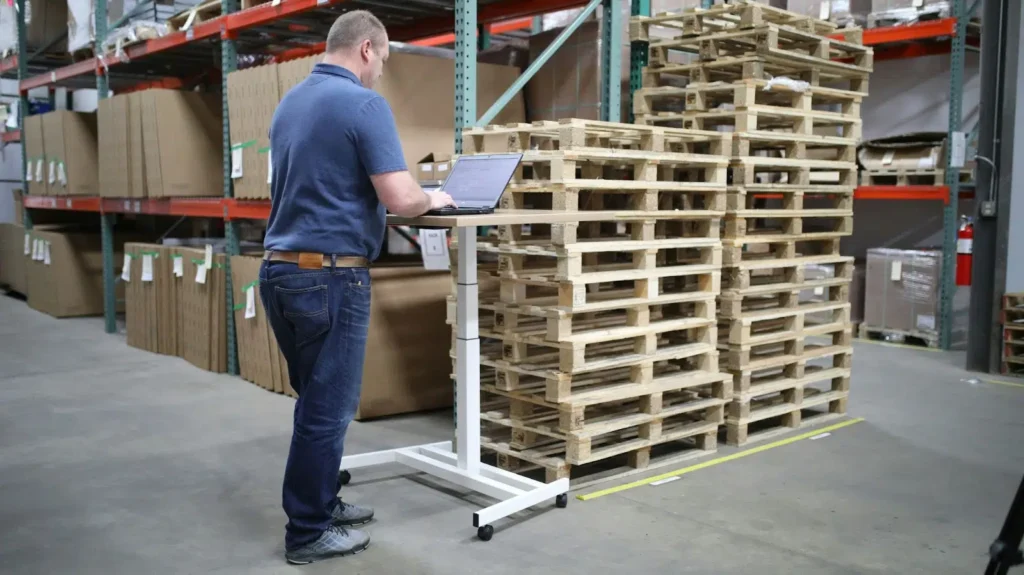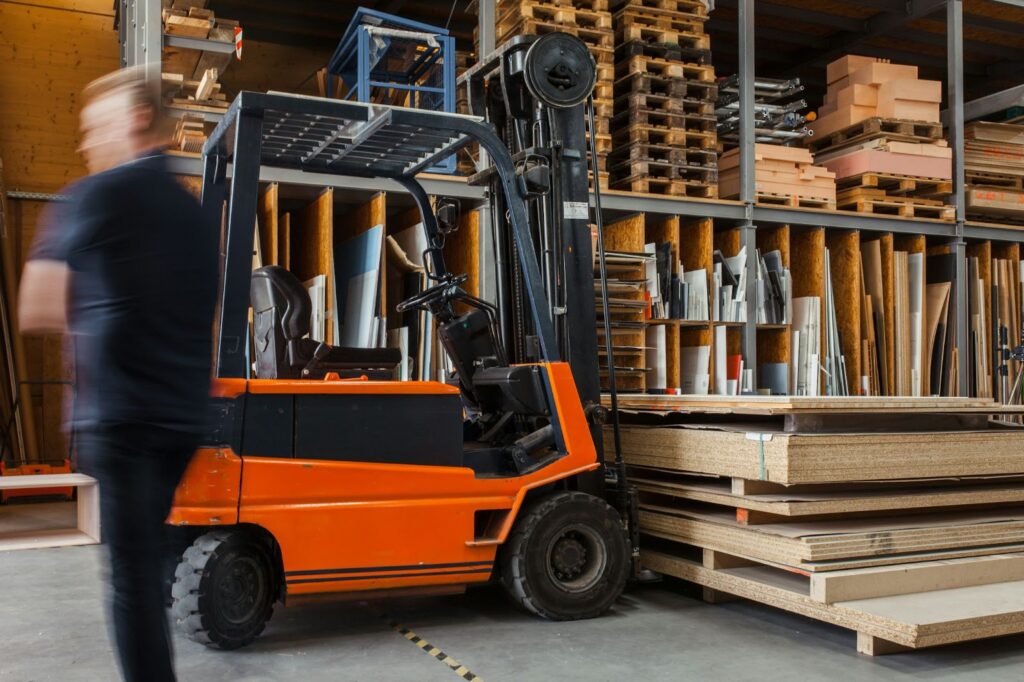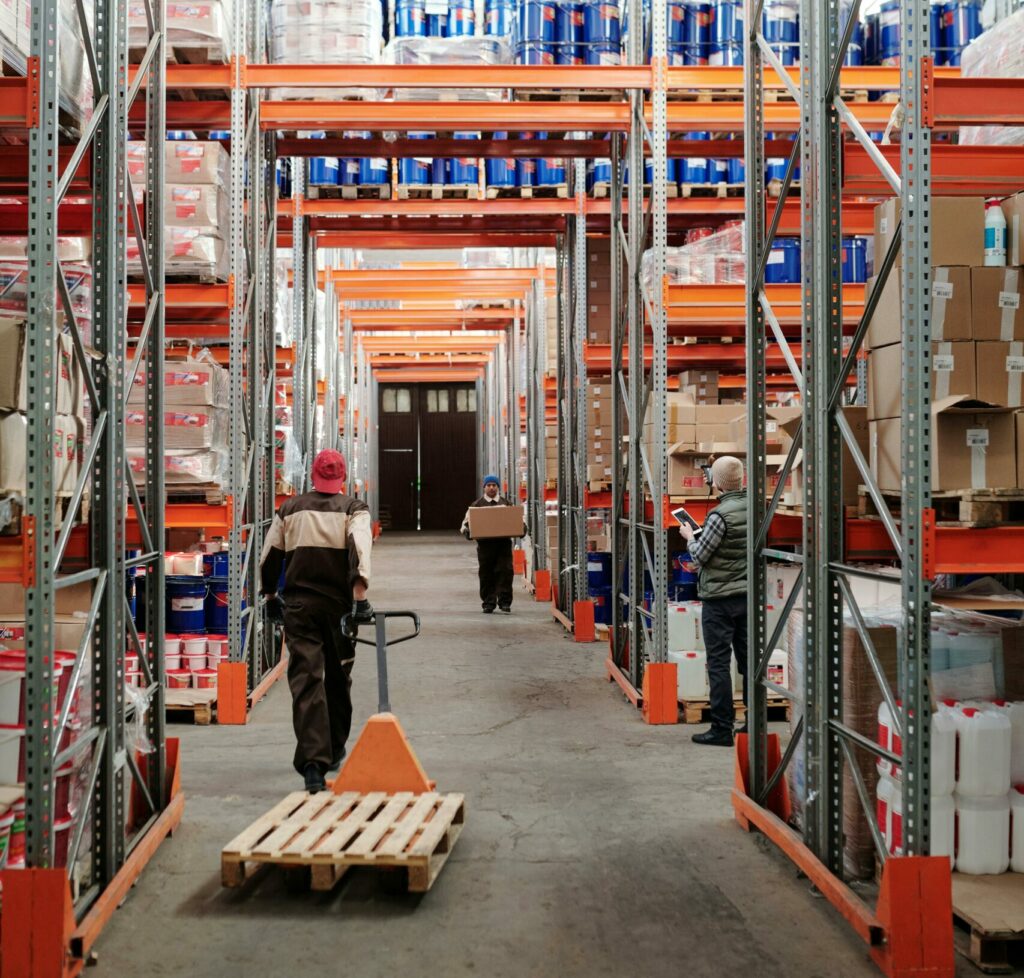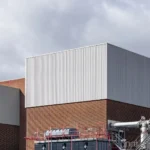Choosing the right location for your warehouse is paramount to its success. Factors to consider include proximity to suppliers and customers, transportation infrastructure, and accessibility for necessary equipment and vehicles.
When selecting a warehouse location, it’s essential to delve deeper into the geographical aspects. Look into the climate of the region, as extreme weather conditions can impact your operations.
Additionally, consider the proximity to major highways, ports, or airports for efficient transportation and distribution of goods. Accessibility to public transportation for employees can also play a vital role in the overall efficiency of your warehouse.
SteelCo delivers PEMB materials to various locations nationwide and offers superior steel erection and warehouse construction services, primarily serving the Southeast United States. Our experienced professionals will assist you in making informed decisions, ensuring a successful start to your warehouse business.
In certain locations, zoning laws regulate the approved types of buildings and activities. A warehouse business must adhere to zoning regulations to obtain the necessary license and legally operate.
Choosing the Right Location for Your Warehouse
Consider factors such as geographic location and local business climate when selecting a warehouse location. Assess the availability of skilled labor and determine whether the area aligns with your target market.
Furthermore, evaluating the local business climate can provide insights into potential partnerships or collaborations within the area.
Research the economic stability of the region and any incentives or benefits offered to businesses. Understanding the competitive landscape can also help in positioning your warehouse strategically within the market.
Warehouse Design and Layout Considerations
Optimizing warehouse design and layout is crucial for efficient operations. Evaluate your storage needs, including inventory volume and product characteristics, to determine the most suitable layout.
Consider factors such as racking systems, flow paths, and picking areas. When designing the layout of your warehouse, it’s important to factor in future scalability and flexibility. Incorporating automation technologies and robotics can enhance operational efficiency and streamline processes.
Additionally, implementing sustainable practices in warehouse design, such as energy-efficient lighting and eco-friendly materials, can contribute to cost savings and environmental responsibility.
Pro tip:
A well-designed and organized warehouse layout offers adaptability to manage a range of product lines, adapt to shifting market demands, and enable business growth without requiring a larger facility. Each square foot is critical because by controlling rental expenses, you can create opportunities for operational expansion within your existing space without additional square footage.












